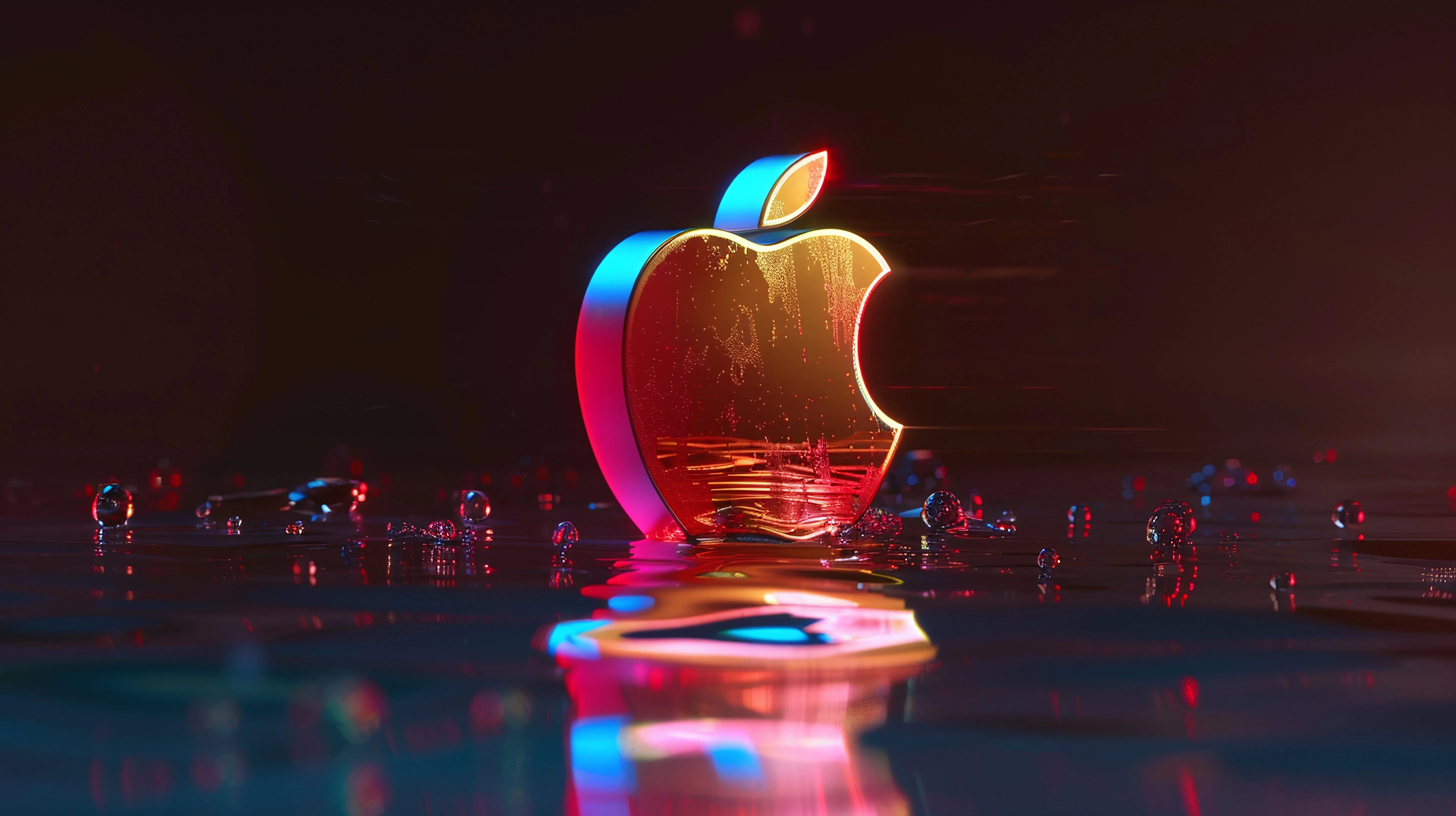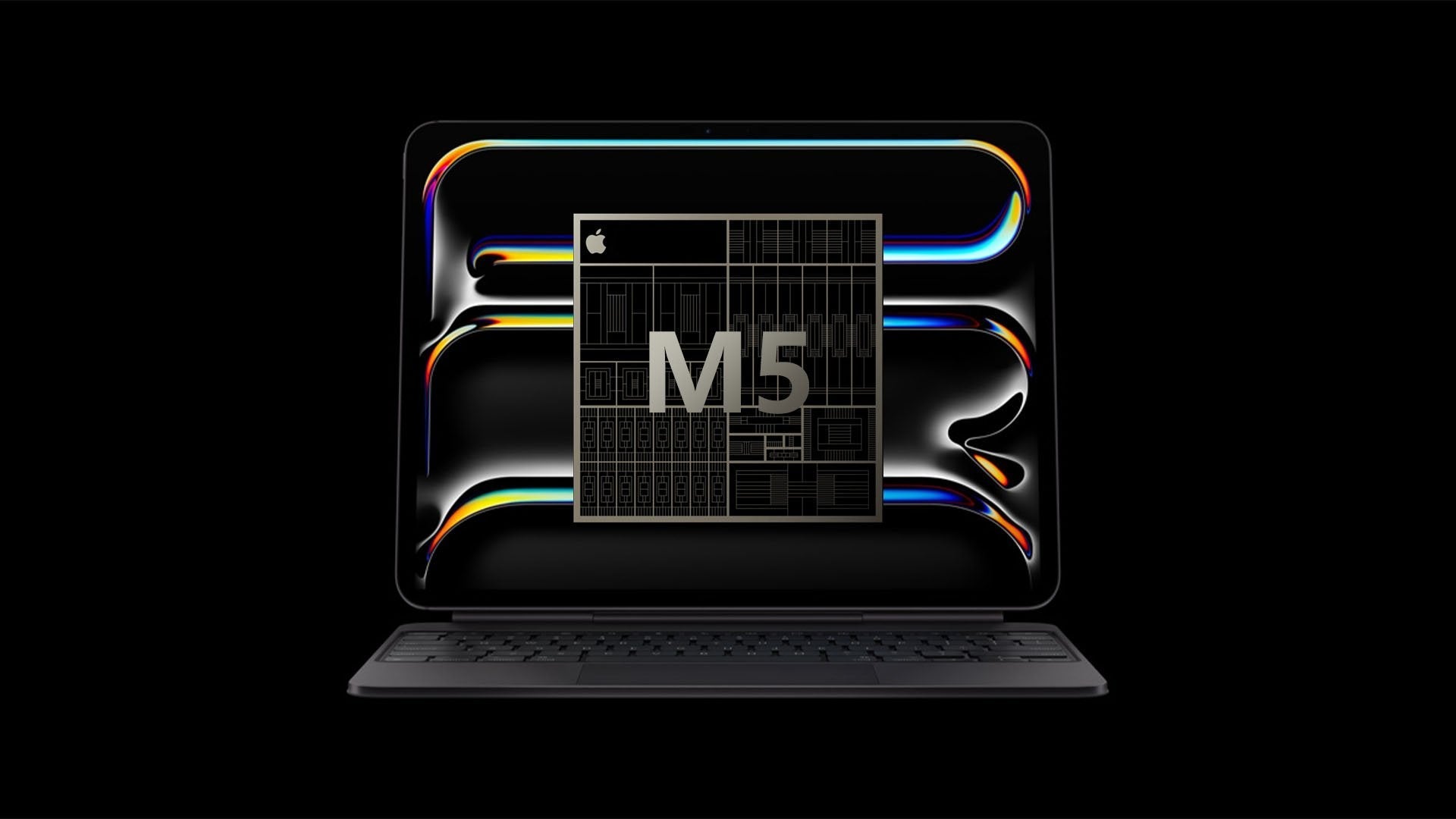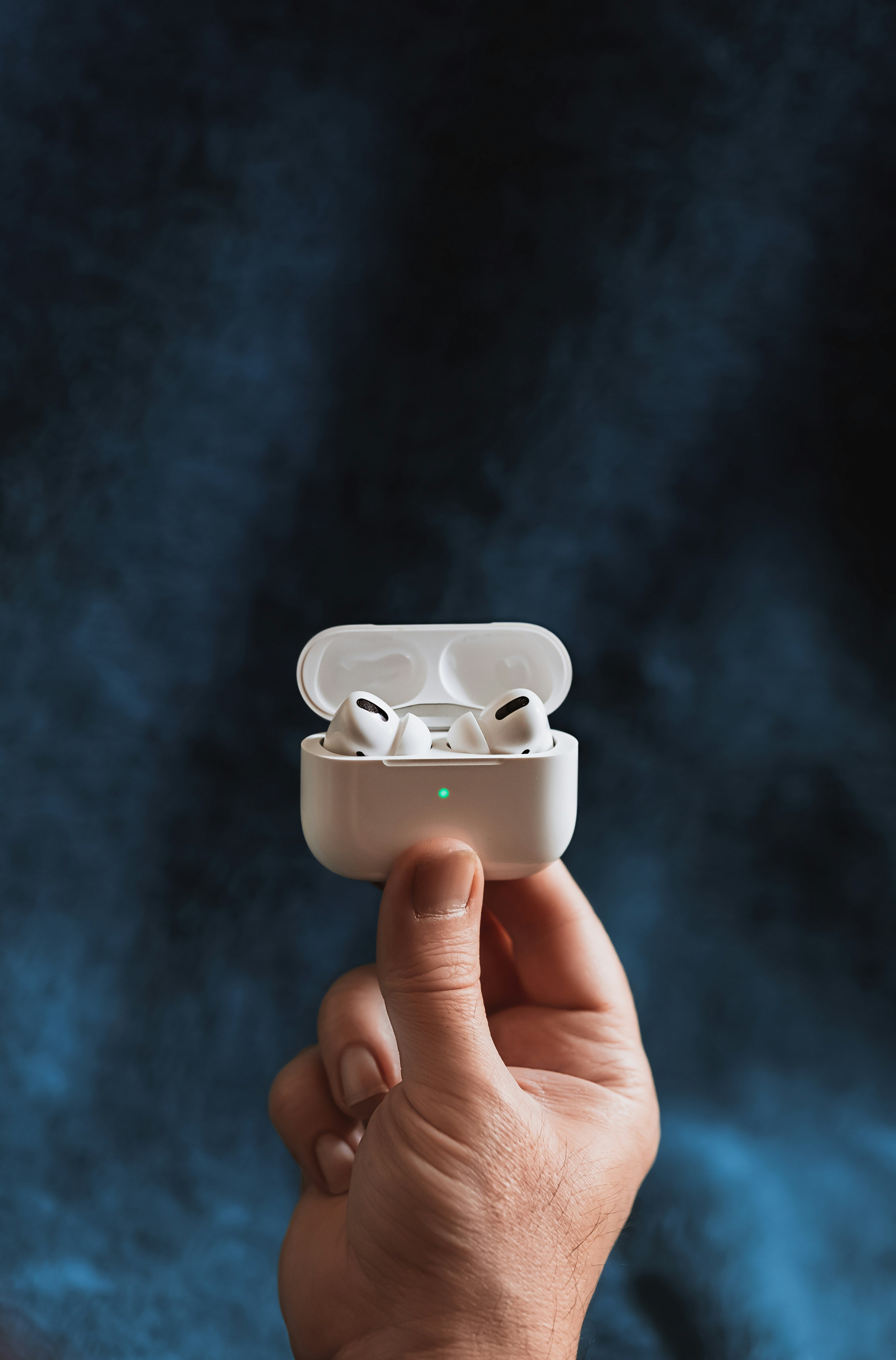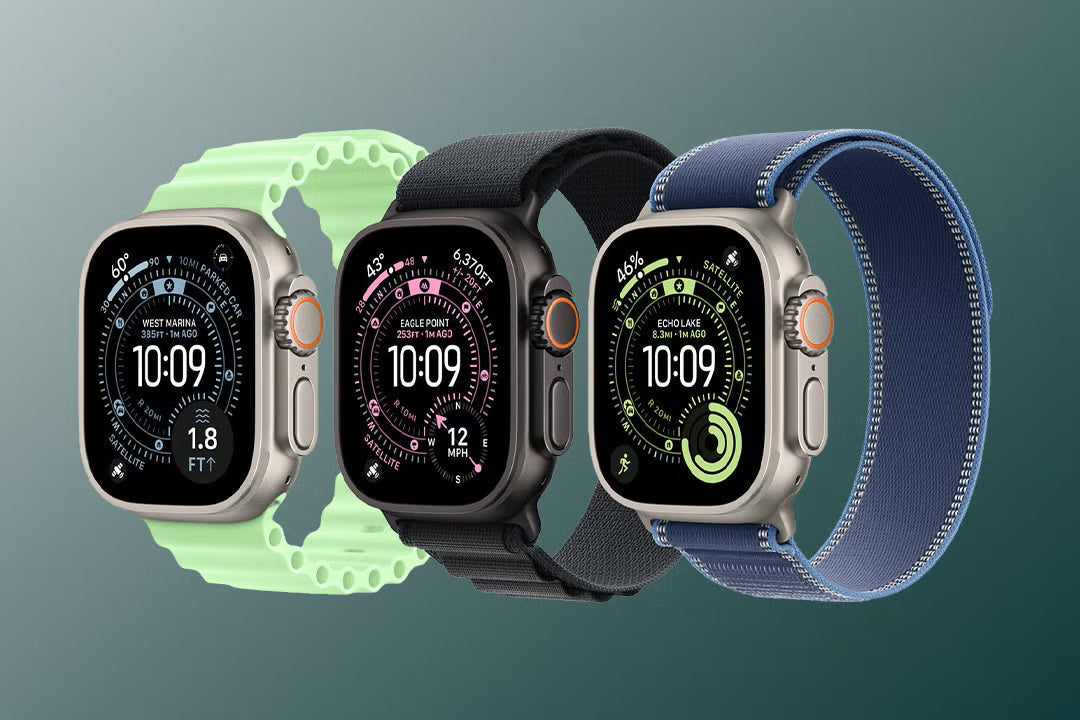Since its introduction in 2020, Apple Silicon has been more than just a technical upgrade—it has fundamentally reshaped computing. What started with the M1 chip in Macs and MacBooks has quickly evolved into a revolution influencing desktops, laptops, and even challenging traditional processor giants. Let’s analyze how the M1, M2, and the next-generation Apple chips are impacting devices—and the broader processor ecosystem.
Apple silicon: The leap from Intel to custom silicon
Apple’s dramatic switch from Intel x86 architecture to its own ARM-based chips marked a critical shift. Designed in-house, Apple Silicon cut the company’s dependence on external chip-makers and allowed unique integration between hardware and software.
- Unified architecture enables seamless performance across macOS, iPadOS, and iOS.
- Better efficiency means longer battery life and less heat generation.
- Tighter security via the Secure Enclave and custom controllers.
The M1 chip: A performance and efficiency breakthrough
When the M1 debuted in 2020, it stunned critics by outperforming Intel chips in both speed and energy consumption—even in fanless laptops.
- Performance: Nearly double the CPU and GPU speeds compared to previous Intel Macs.
- Battery life: MacBooks lasting up to 20 hours on a single charge.
- Instant Wake: Like smartphones and tablets, Macs now wake instantly from sleep.
Impact on desktops and laptops
With the MacBook Air, MacBook Pro, and Mac Mini adopting the M1, users experienced quieter, lighter devices delivering desktop-class power without energy trade-offs. Even creative professionals started replacing their power-hungry workstations with Apple Silicon machines.
The M2 and beyond: Pushing boundaries further
Apple didn’t stop at the M1. The M2 generation pushed the boundaries—offering up to 40% faster speeds and more advanced GPUs, and continuing the tight integration with macOS features.
- M1 Pro, M1 Max, M1 Ultra: Even more powerful chips for demanding users, supporting advanced workflows, massive RAM, and powerful GPUs.
- M2 chips: Improved neural engines for AI, better video processing, and higher memory bandwidth.
- Future developments: Apple’s relentless pace suggests more innovations on the horizon, likely redefining the entire high-performance computing space.
How Apple silicon is disrupting the broader processor market
Apple’s success has had a ripple effect, forcing long-time industry leaders like Intel and AMD to rethink their strategies, and pushing Microsoft to accelerate its own ARM initiatives for Windows.
- ARM adoption is increasing as energy efficiency and integration become a top priority for more device makers.
- Custom silicon is now the gold standard for tech giants seeking unique differentiation, as seen with Google's Tensor chips and Amazon's Graviton.
- Innovation pressure is prompting faster generational advances from Intel and AMD, making computing better for everyone.
FAQ: Apple silicon’s ripple effect
- Q: Is Apple silicon only for Macs?
- A: No. Apple Silicon also powers iPads, and its architecture will likely inspire future Apple products across the lineup—even potentially influencing servers and other categories outside Apple.
- Q: How does Apple silicon affect Windows PCs?
- A: The industry shift is pressuring rivals to adopt ARM-based solutions and improve their power efficiency. Windows-on-ARM and upcoming Snapdragon Elite chips are direct responses to Apple’s innovation.
- Q: Will Apple silicon continue to outpace competitors?
- A: If recent history is any guide, Apple’s full-stack control over its ecosystem and aggressive chip development roadmap give it a continued edge.
Conclusion: The new era of personal computing
The Apple Silicon revolution has spilled beyond just Macs, driving innovation and efficiency across the industry. As Apple pushes forward with M2 and beyond, the entire computing world is being redefined—heralding a new era where custom silicon shapes the future.




Share:
A Closer Look at Tim Cook’s Vision for Apple in the 2020s and Beyond
Apple’s Privacy Stance: Marketing or Meaningful?